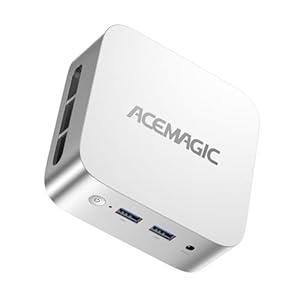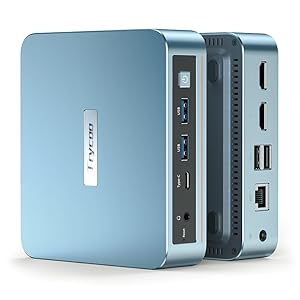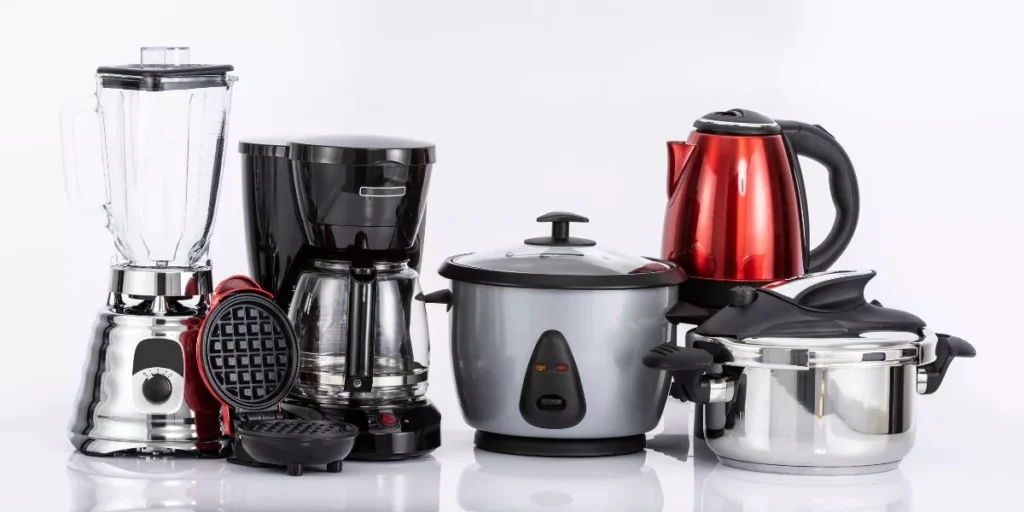
Have you ever wondered how modern home appliances have transformed with the integration of IoT technology? Picture a scenario where your appliances communicate with each other, adjust settings based on your preferences, and even notify you of potential issues before they occur. The seamless convenience and efficiency IoT brings to daily tasks are truly remarkable. But, as with any technological advancement, understanding the ins and outs of IoT integration is crucial for making informed decisions. So, let’s explore this fascinating world of interconnected appliances and the impact they have on modern living.
Benefits of IoT Integration
Discover how IoT integration enhances convenience and efficiency in your daily life. Imagine waking up to a smart coffee maker that starts brewing your favorite blend the moment your alarm goes off. With IoT integration, your home appliances can communicate with each other, creating a seamless and automated experience. Picture controlling your thermostat from your smartphone, ensuring the perfect temperature awaits you when you return home. IoT technology allows you to remotely monitor and adjust settings, giving you peace of mind and saving you time.
IoT integration doesn’t just make your life more convenient; it also enhances the efficiency of your daily tasks. A smart refrigerator that notifies you when you’re running low on groceries helps streamline your shopping trips. By receiving alerts and updates from your appliances, you can better manage your household needs and reduce waste. Embracing IoT in your home empowers you to lead a more organized and productive lifestyle.
Challenges in Implementing IoT
Facing the allure of streamlined convenience and enhanced efficiency with IoT integration in home appliances, it’s important to acknowledge the inherent challenges that come with implementing such advanced technology. One major obstacle is the issue of compatibility among different devices and platforms. Ensuring that all components can communicate effectively and securely is crucial for the seamless functioning of IoT-enabled appliances. Additionally, cybersecurity concerns loom large, as connected devices become potential entry points for malicious attacks. Safeguarding personal data and preventing unauthorized access require robust security measures.
Furthermore, the complexity of setting up and maintaining IoT systems poses a challenge for many homeowners. Configuring networks, troubleshooting connectivity issues, and keeping software up to date demand technical expertise that may be beyond the skillset of the average user. Moreover, the rapid pace of technological advancements can lead to obsolescence concerns, with devices quickly becoming outdated or incompatible with newer technologies. Overcoming these challenges requires careful planning, continuous education, and proactive measures to ensure a smooth and secure IoT integration in modern homes.
Considerations for Homeowners
When considering integrating IoT into your home appliances, prioritize understanding the compatibility and security requirements to ensure a seamless and safe experience. Start by checking if your current appliances are IoT-compatible or if you need to upgrade to smart devices. Ensure the IoT devices you choose can communicate with each other and with your chosen smart home system.
It’s crucial to research the security features of IoT devices to protect your privacy and data from potential cyber threats. Look for appliances with strong encryption, secure authentication methods, and regular software updates to mitigate security risks.
Additionally, consider the ease of use and setup process when selecting IoT-enabled appliances. Opt for devices with user-friendly interfaces and clear instructions to make integration hassle-free. Think about the long-term benefits and energy efficiency of IoT appliances to save on utility costs and reduce your environmental footprint.
Making Homes More Efficient
To enhance the overall efficiency of your home, consider how integrating IoT technology into your appliances can streamline daily tasks and optimize energy consumption. By connecting your appliances to a centralized system, such as a smart home hub, you can remotely monitor and control their functions. For example, you could adjust your thermostat settings while away or receive notifications when your refrigerator door is left open. This level of control not only adds convenience but also helps you save on energy costs by ensuring devices are only in use when needed.
Moreover, IoT integration allows for automation based on your habits and preferences. Smart appliances can learn your usage patterns and adjust settings accordingly. For instance, your smart dishwasher can run during off-peak hours to take advantage of lower electricity rates. This automation not only saves you time but also contributes to a more energy-efficient home.
Trending Products

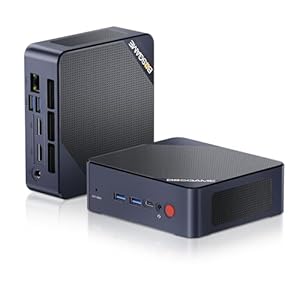
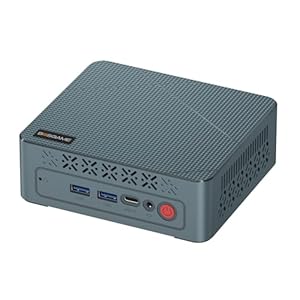
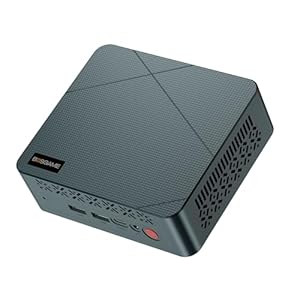
![BOSGAME Mini PC [Dual LAN], AMD Ryzen 7 5825U (8C/16T, up to 4.5Ghz) 32GB DDR4 1TB SSD Mini PC Dual Channel, 4K@60Hz Mini Desktop Computers Wi-Fi 6E/BT 5.2](https://m.media-amazon.com/images/I/419N9FoEaXL._SS300_.jpg)

